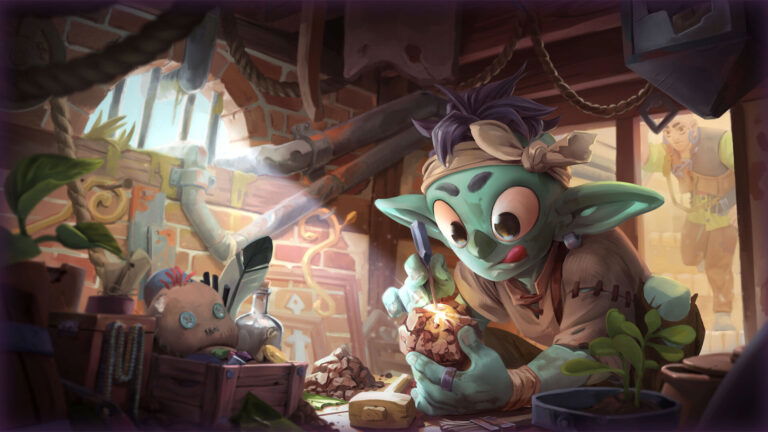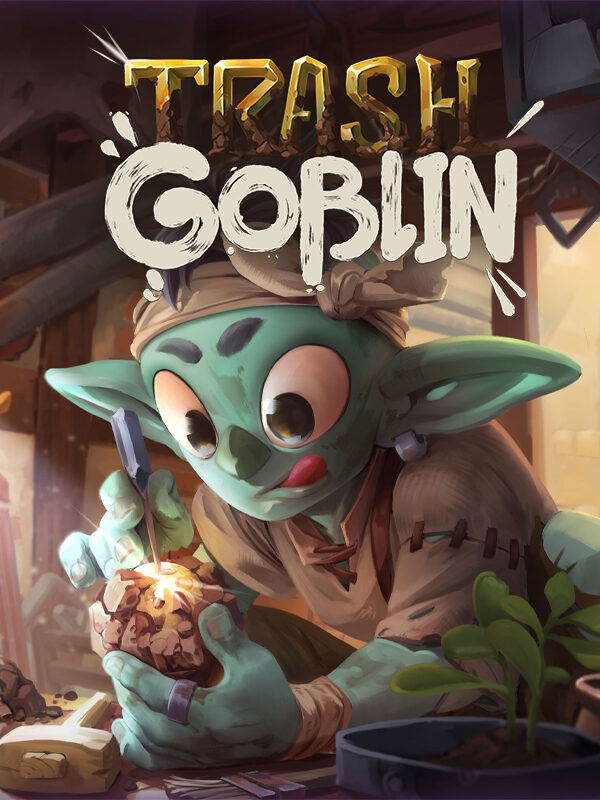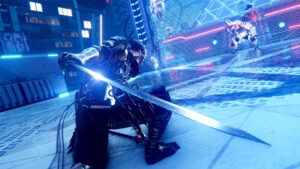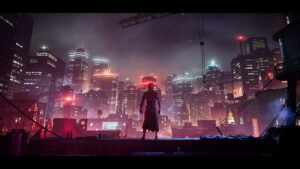Getting to review Trash Goblin was a bit of a humorous process. As usually happens when something cute or cozy comes on our radar, Dayna Elieen will send it my way. I told her it looked cute and that I would review it. Time passed with nary a whisper from her, until one day she messaged our group for our bi-monthly Indie Spotlight that we would be crazy not to look at this. I reminded her I had already said I would look at it, and here we are.
But Trash Goblin left me with a somewhat conflicted feeling, one I haven’t really felt since Mika and the Witch’s Mountain. It made me start to think a little bit deeper about the whole “Cozy Game” genre and whether or not we should forgive these types of games for not really following the basic structure of video games.
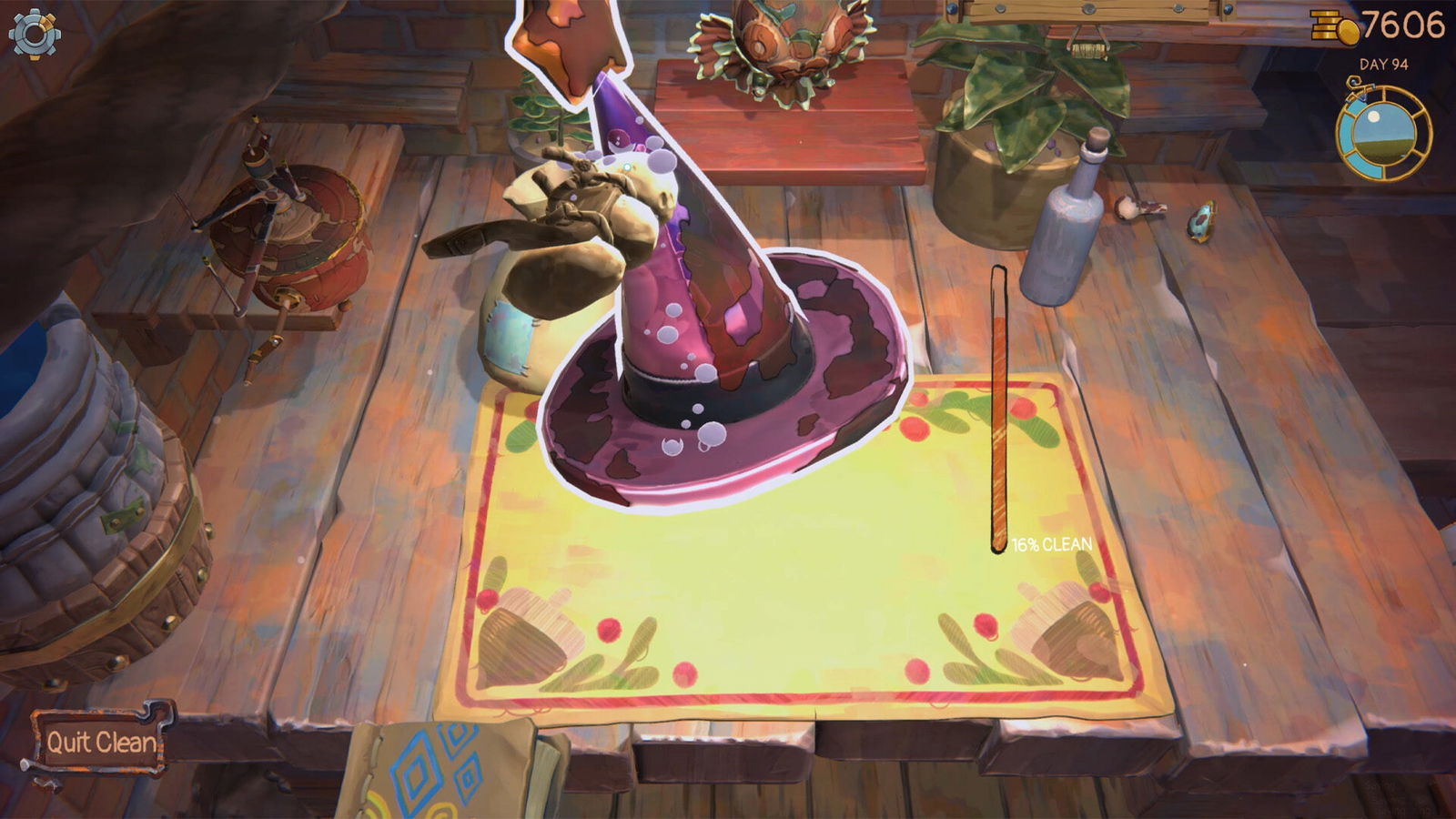
There really isn’t much story to speak of in Trash Goblin, and this is more or less by design. You play as a goblin running a shop where you resell items you find in the trash. There are little bits of narrative flair that pepper the experience, with humans and fantasy creatures who frequent your store and give you a little story about an item they’re looking for, but that’s about it. And truthfully, that’s okay. Not every game needs a story and can just have an interesting setting, so long as the gameplay is satisfying and engaging.
“Trash Goblin left me with the same conflicted feeling I had after playing Mika and the Witch’s Mountain—wondering what we really want out of cozy games.”
And to a degree, it is. Trash Goblin’s main gameplay loop is about taking items, cleaning them up, and sometimes fixing them in order to sell to customers. But it’s the all-important little things where the game starts to fall apart—for me at least. Take item discovery—when players choose to identify an object, it’s obscured by a sort of block puzzle, where players must chip away at blocks to find the treasure hidden within.
There are simple blocks that break with one hit, blocks that get cleared all at once, blocks that can only be hit from a certain angle, and a few more. But here’s the thing—it’s all meaningless. This is made most apparent by the game’s “clock,” which essentially gives players six moves every in-game day. For as long as I’ve played, whether you decide to discover an item, clean an item, or “upcycle” an item, every action takes one move. So there’s no bonus for breaking blocks with increased efficiency, or balancing whether a bigger item might need more time to clean vs. a smaller one; you do six things, go to bed and start fresh the next day.
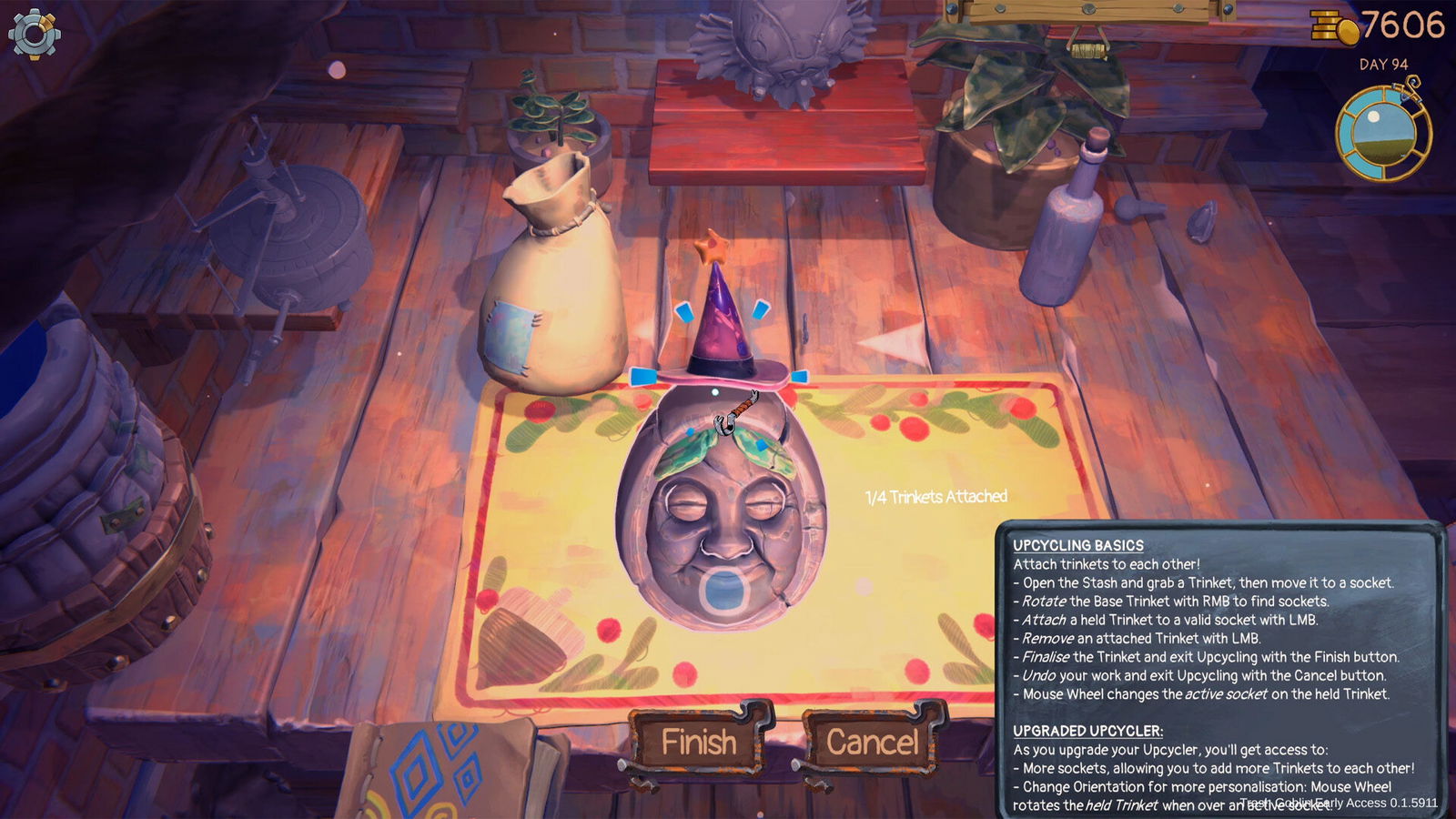
And it made me wonder, why even have a clock system at all if it doesn’t add anything, and actually makes things less cozy by breaking the game loop every so often. Not only that, it kind of works against the incredibly hands-off “shop management” elements the game apparently doesn’t want to have—the devs aren’t calling it a shopkeeping simulator on purpose.
“Trash Goblin has the bones of a deeply satisfying cozy sim—it just doesn’t seem to want to be one.”
Players don’t need to manage anything. Even if a customer requests an item, there’s no penalty for making them wait a day or two if you need to pull one out of the item stash, which isn’t always a guarantee, by the way. Nor is there any penalty for refusing a customer request if you don’t feel like doing the block puzzle six times before you find the item they want. So again I ask, what’s the point? Why implement a system where giving customers items yields a monetary gain if there’s no real game built around it?
Sure, players can spend money on tool upgrades and extra storage space for the items they find, but there’s no real penalty for letting your worktable get cluttered—aside from triggering my inner neat freak. Since all the restoration minigames take the same amount of time regardless, streamlining the process doesn’t actually make things more efficient. If anything, it just shortens the gameplay loop, which ironically gives you less reason to keep playing. So… thanks?
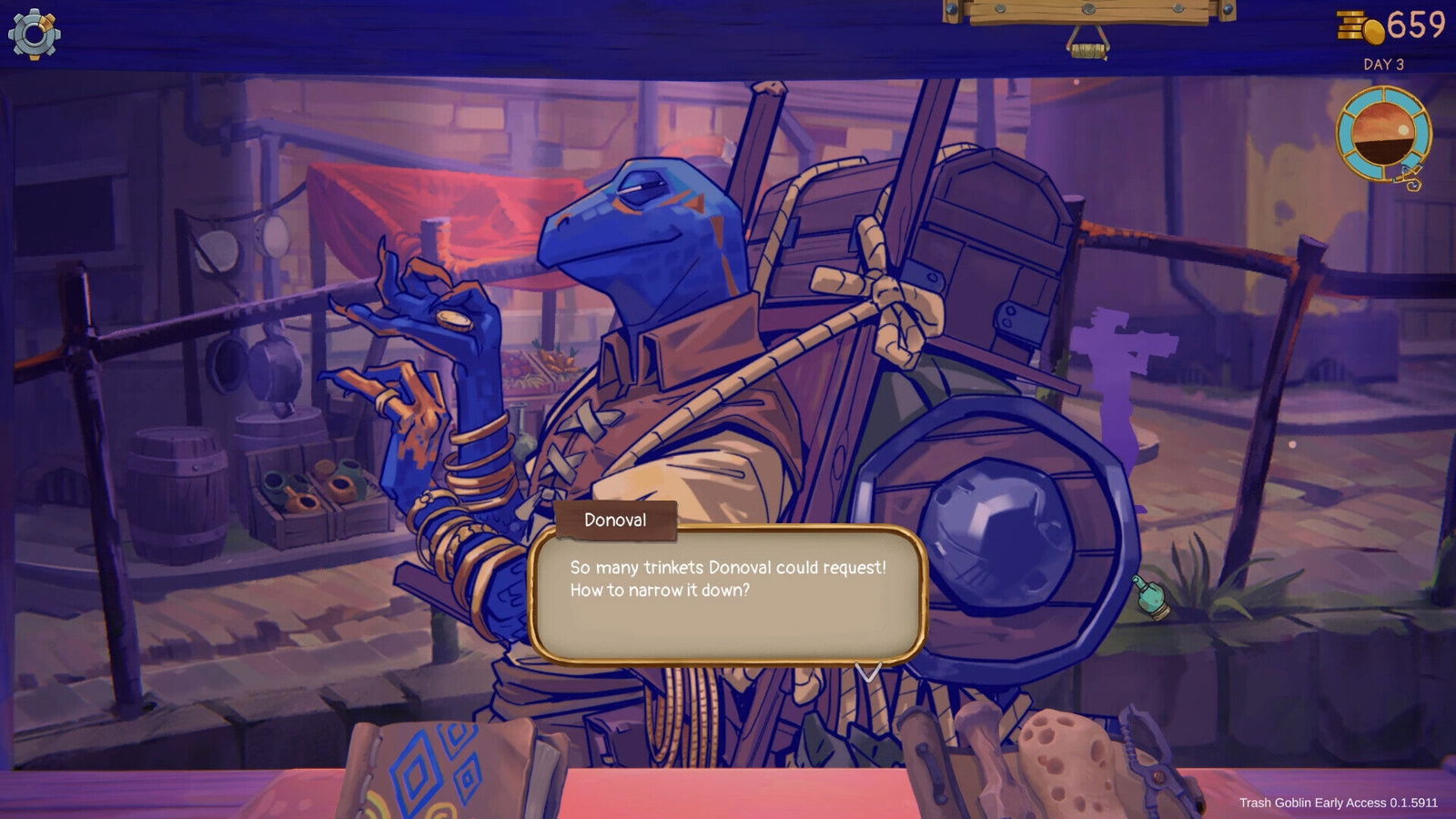
Honestly, I don’t want to be too hard on Trash Goblin, because the developers clearly set out to create the game they wanted, and I can’t fault them for that. If this was their vision, they executed it with aplomb. That said, I genuinely don’t understand why so many of the game’s mechanics feel like near-replicas of those found in more structured cozy games, if there’s no real purpose to having them.
They could have removed the clock entirely and just let players enjoy a fairly satisfying brick-breaker puzzle, cleaning treasures and vibing at their own pace. Or they could have retooled the timer so larger items took more turns to clean, or made time pass based on how long it took to break blocks, maybe even reducing an item’s value over time. Similarly, they could have dropped the specific customer requests, which can feel endless and frustrating when turns run out and the table piles up with junk, in favour of a value board, with fixed item prices and a daily randomizer for “hot” or “cold” items.
I don’t think Trash Goblin is a bad game. I’m sure plenty of players will enjoy it. But I also believe a game can be cozy and satisfying at the same time. There’s a reason Story of Seasons works so well—players want to feel like their efficiency and ingenuity are rewarded. Trash Goblin has the foundation for a deeply fulfilling experience, but in my opinion, it needed to either lean fully into its simulation mechanics or let them go entirely.
